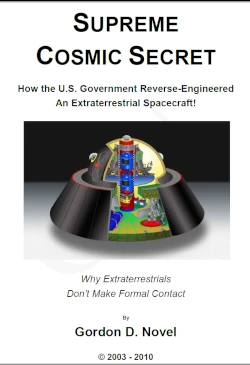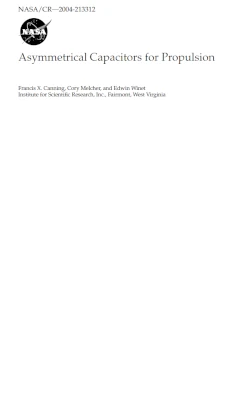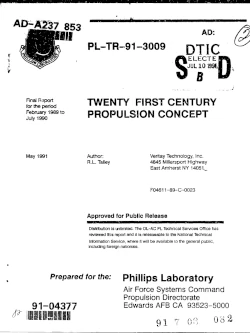The Casimir Effect and Biefeld Brown Effect Are Related
The Casimir Effect occurs when two conductive parallel plates are so close to each other that there is not enough room between them for virtual particles to pop in and out of existence as they do outside of the plates. The pressure created by the virtual particles outside the plates and lack of equal pressure from in between the plates results in the plates getting pushed together.
The Casimir Effect is an example of negative energy or negative energy density, a fundamental component needed to create an Alcubierre warp drive that shrinks space in front of the craft and expands space at the back of the craft.
On its own it is difficult to see how the Casimir Effect could be used in a propulsion device. The plates are microscopic, the force created is tiny, and the plates are pushed together.
The Biefeld Brown effect uses two conductive parallel plates but instead of a microscopic space between them a solid dielectric is used. A dielectric is a material that resists the flow of electricity. Furthermore, instead of the plates being conductive but neutral in voltage, a positive voltage is applied to the top plate and a negative voltage or ground is applied to the bottom plate.
The Biefeld Brown effect creates a force similar to the Casimir Effect with the difference being the Biefeld Brown conductive parallel plates ramp up the force created thousands of times higher than the Casimir Effect would when Megavolt level charges are applied to the Biefeld Brown conductive parallel plates.
Lastly, in the case of the Biefeld Brown effect, the negatively charged plate pushes towards the positively charged plate as has been seen in experiments with high voltage parallel plate capacitors. This creates a real world propulsion effect that propels a craft by creating a negative energy density, an expanding of spacetime at the bottom or back of the craft where the Biefeld Brown flat parallel plates are, making one part of an Alcubierre warp drive!




